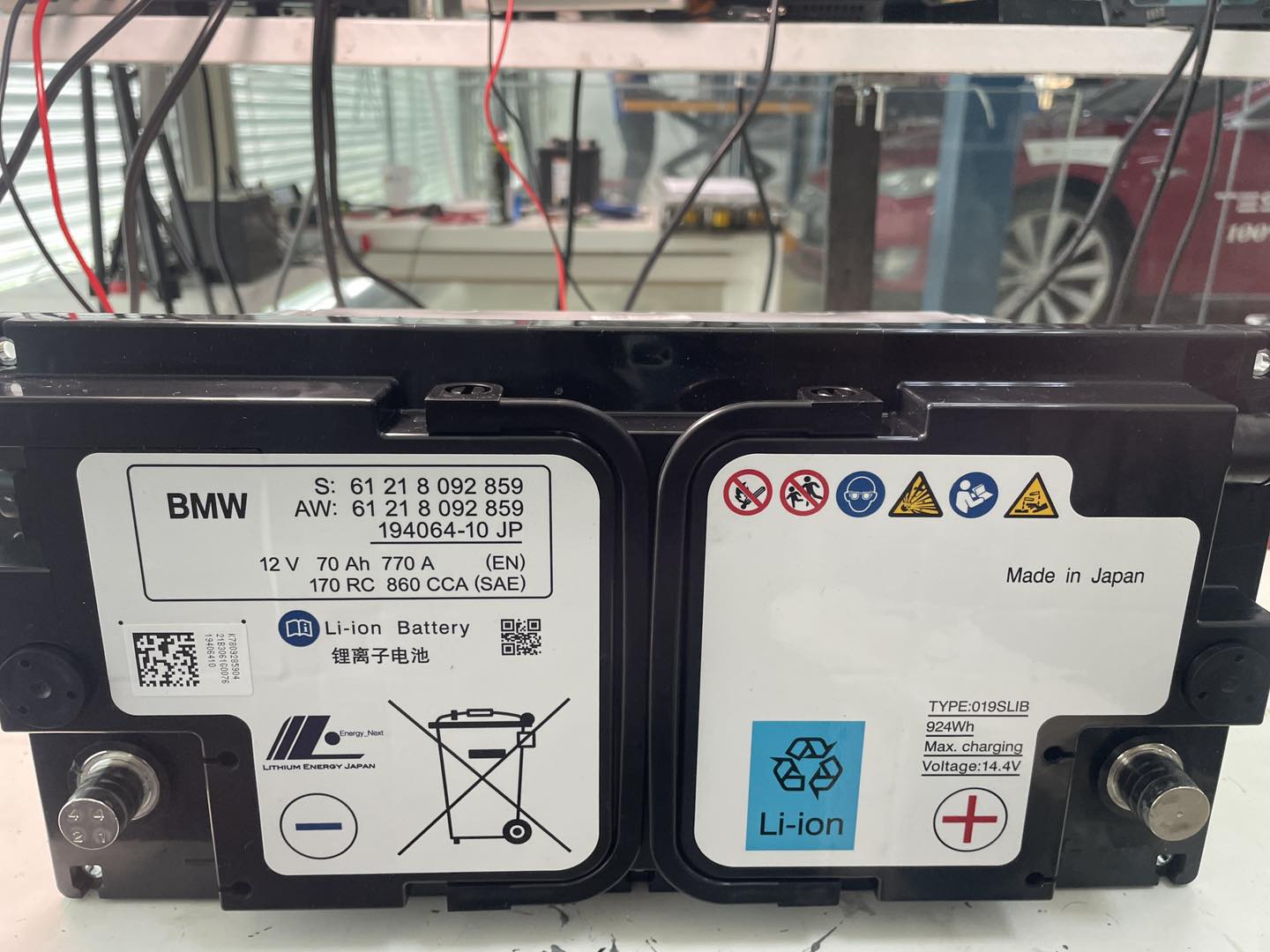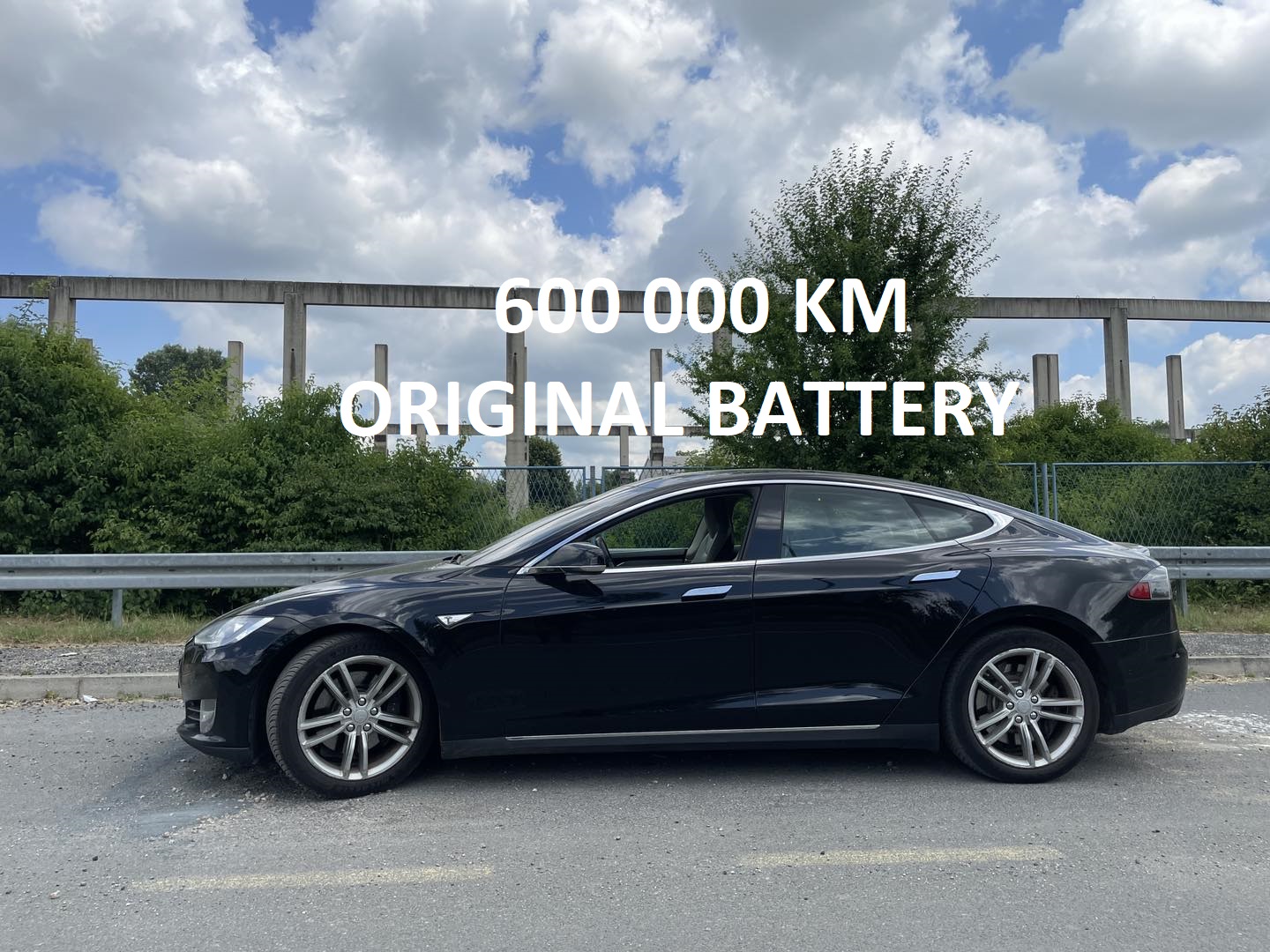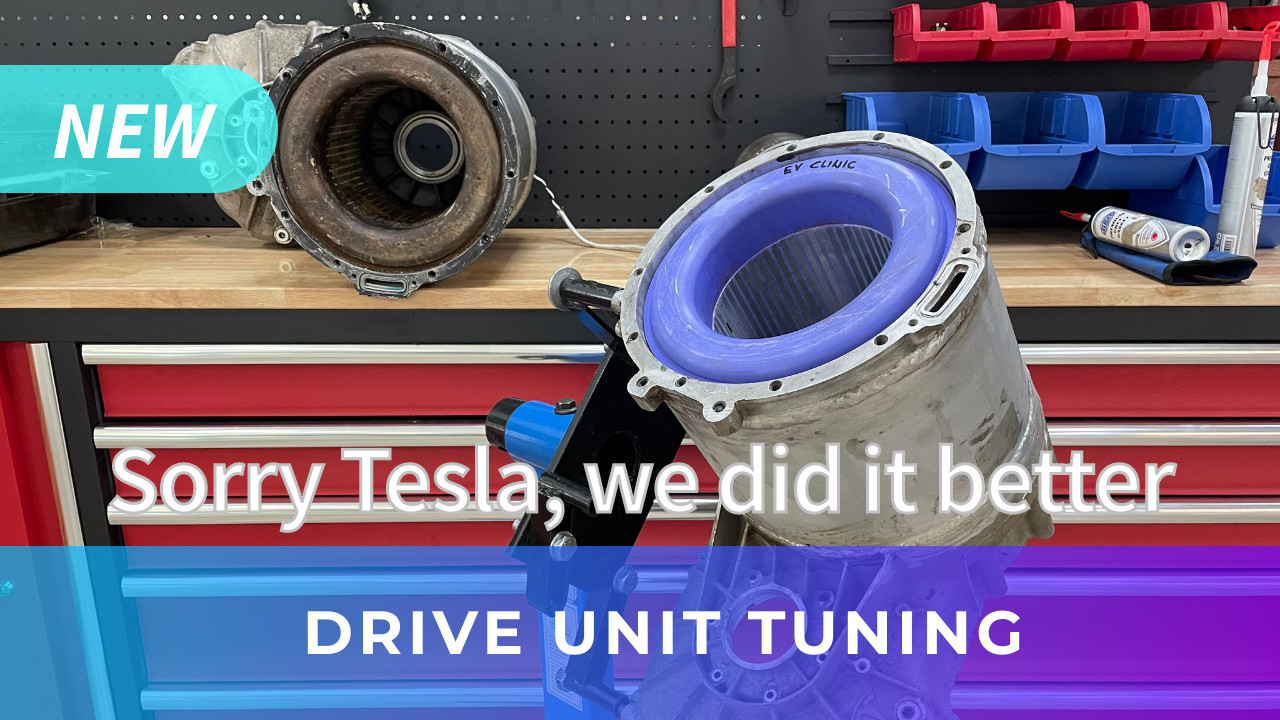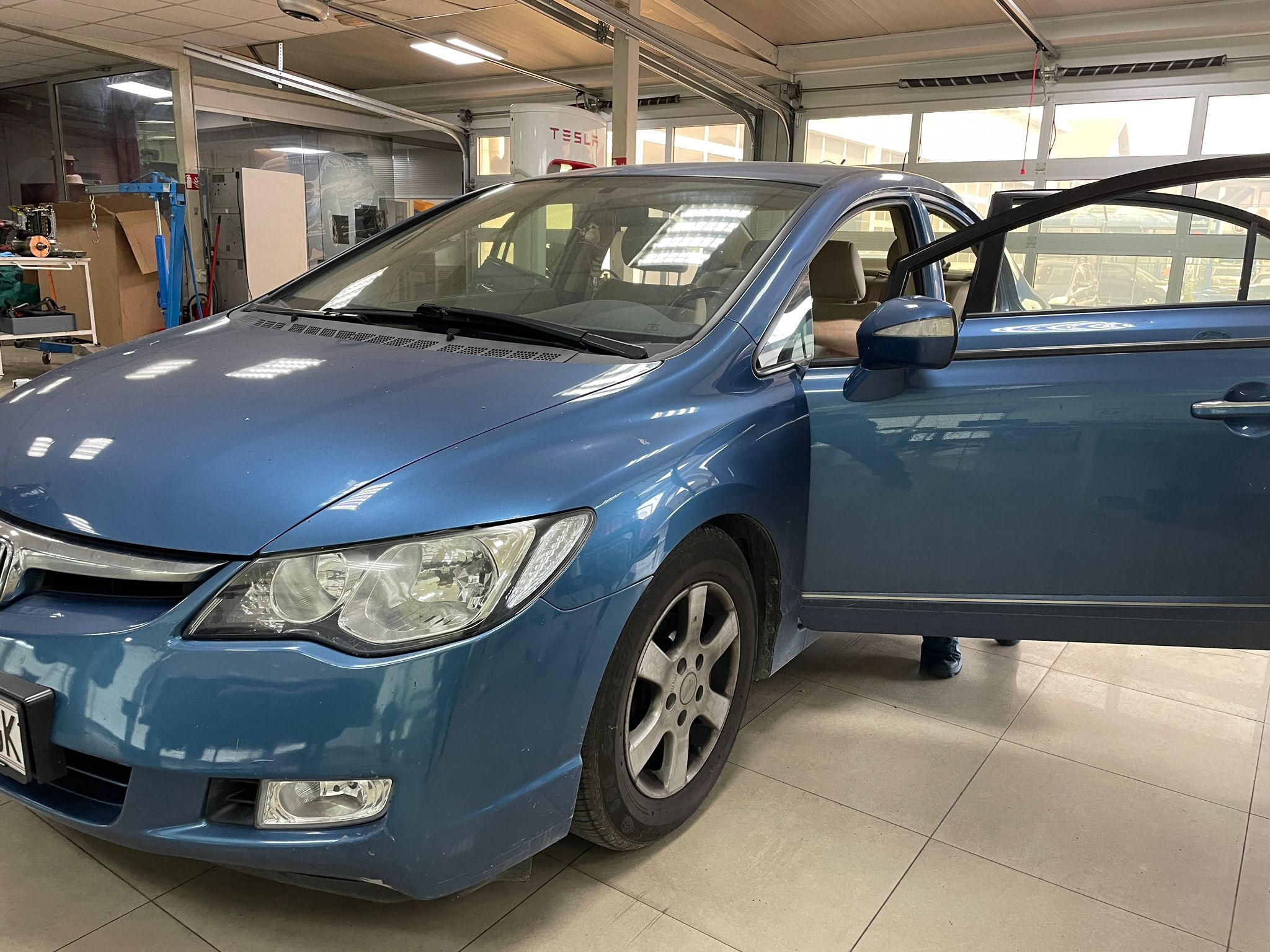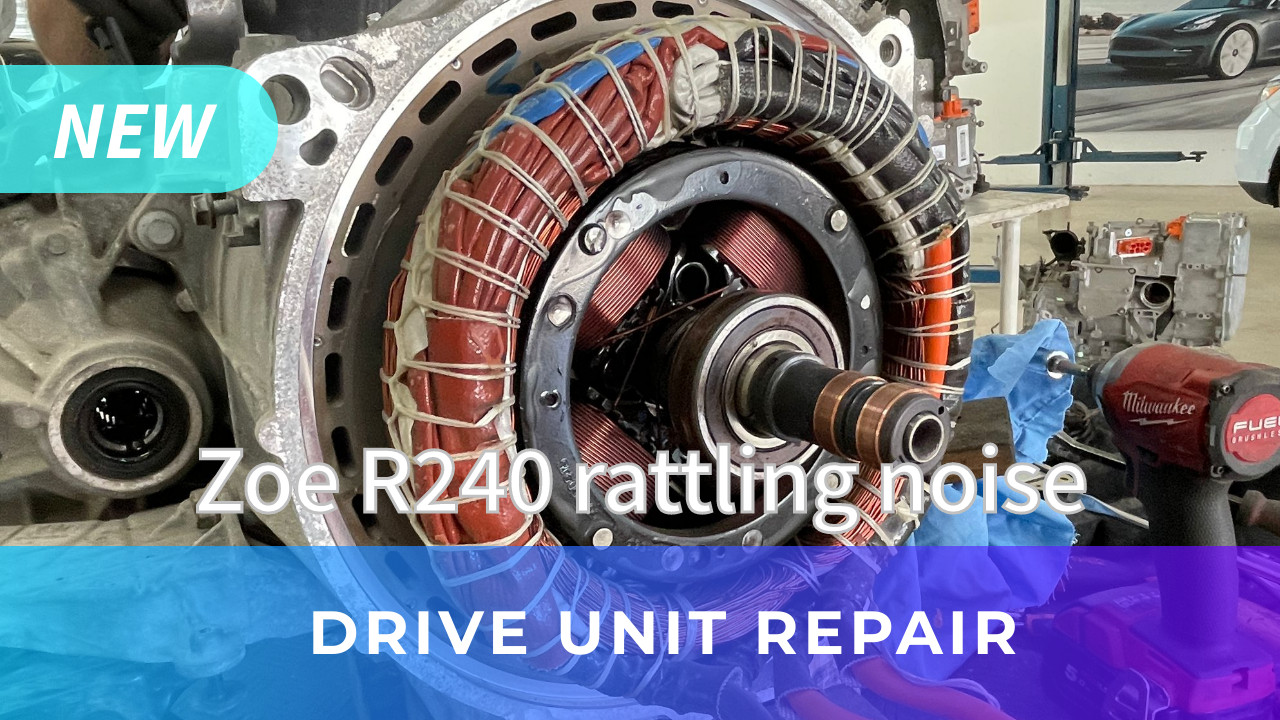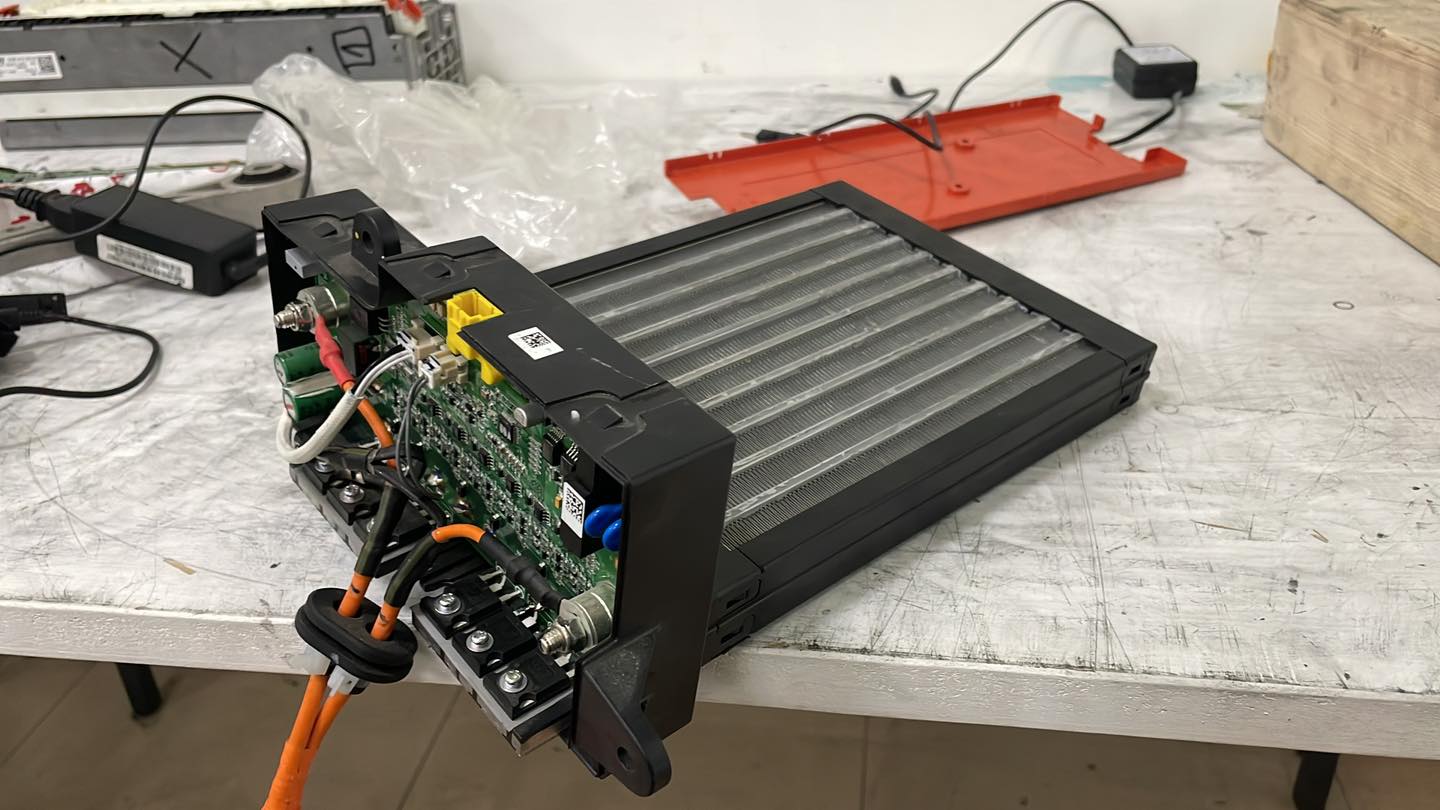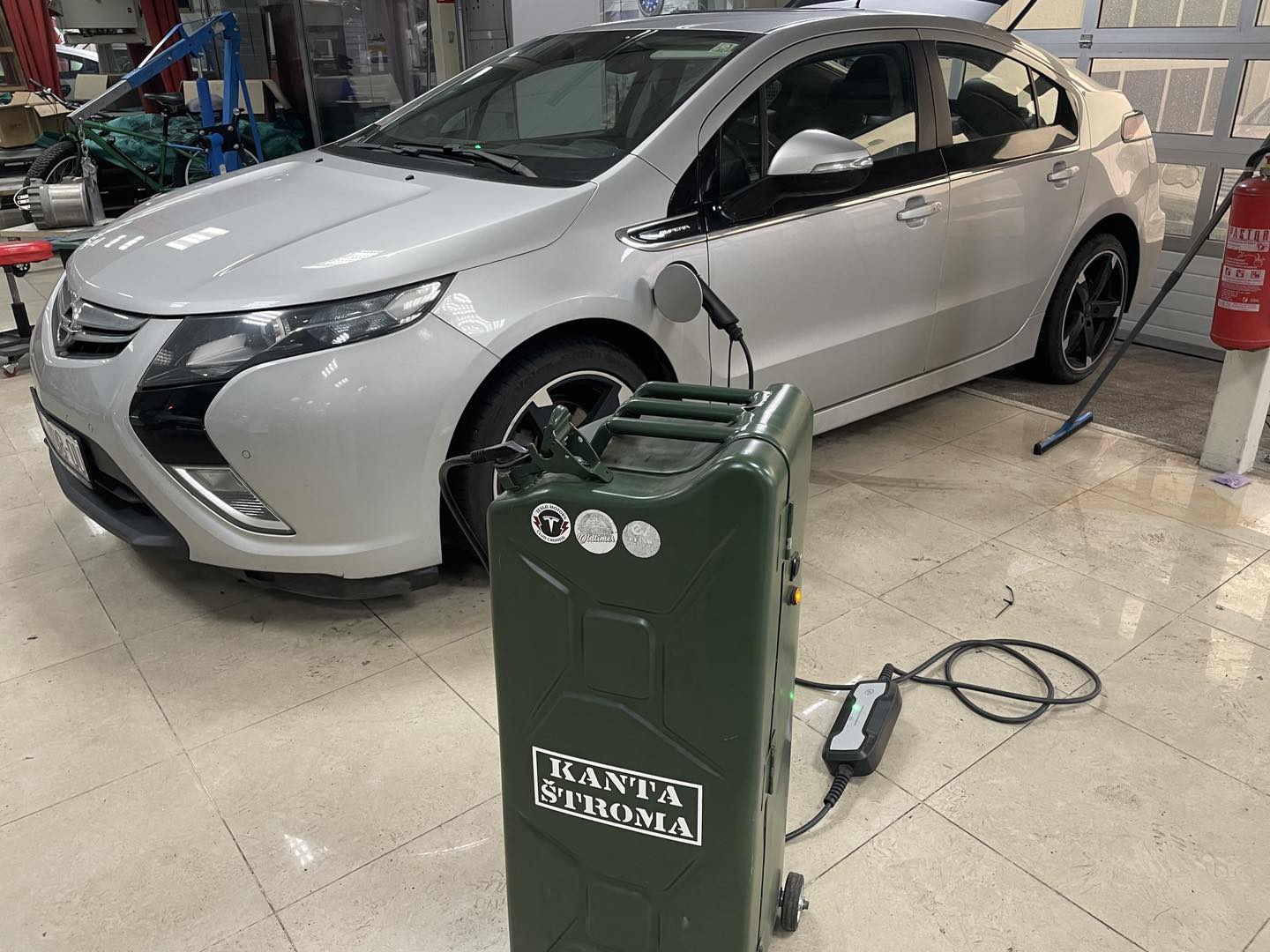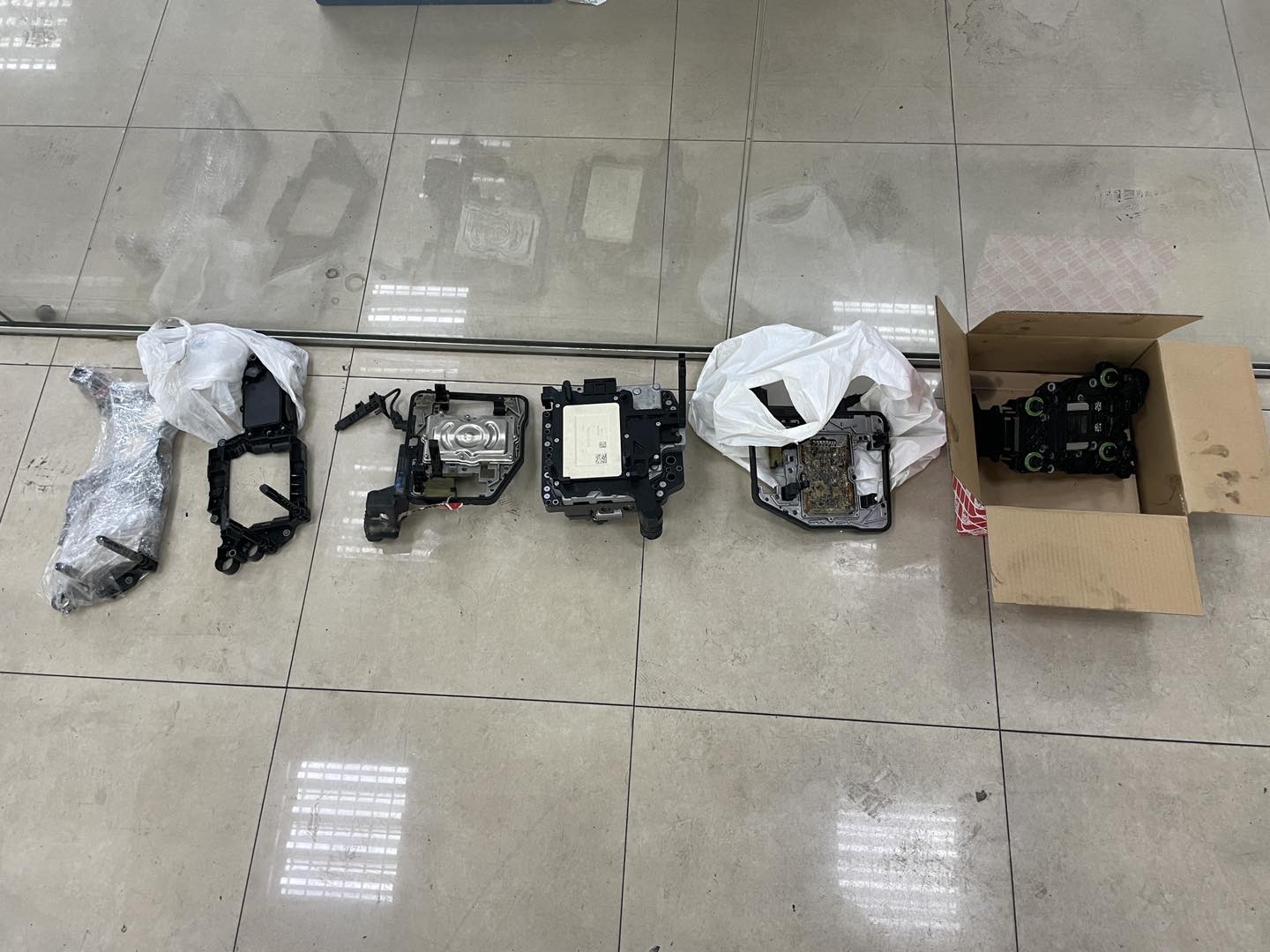
2010-2019 “Electric vehicles are no good because there’s nowhere to repair them, who will fix them?”
Then came EV Clinic:
2019 – “Electric vehicles are no good, you see, they need repairs once every 8 years.”
“You see, they’re no good as soon as you repair them, how would you make a living?”
Trolls and bots always have the easiest argument as an excuse, but they don’t know that I make a living precisely from fossil-fuel “never fails anything” service. Every summer, for the past 10 years, we’ve been dealing with an invasion of automatic gearboxes falling apart at just 100,000 km due to planned material fatigue and intense heating, leading to ruptured pipes, sensors, and other components. There’s no comment needed, it’s a well-known “peon’s” excuse, “the more you maintain it, the better it is.” Because junk cannot be improved even if you sleep next to it, no “regular maintenance by a skilled mechanic” helps, only a redesign of the system where the manufacturer intentionally weakened the material or planned the failure of a component. The only gearboxes that come very little or not at all are Japanese ones – Mazda, Mitsubishi, Toyota, Honda, etc. And why is that? Because they don’t have planned design defects that people love, especially in the Balkans. They don’t have them because the manufacturers have a completely different, less greedy strategy. With this European “fair” strategy, fewer and fewer parents are sending their children to college because they’ve had to replace the turbine three times, the mechatronic gearbox twice, and now the DPF is clogged. That’s why our future is secure because every day we have 10 gearboxes coming in, more and more defective fossil powertrains, parts getting more expensive and harder to obtain, and our hourly rate is getting higher. Some gearboxes are statistically the worst and most often irreparable, and DSG DQ200 stands out here. Most defects cannot be resolved if there’s a kurzschluss on the ceramic of the baradie chips. Some have brought in already opened “electronic cabbages” expecting miracles, but only a few defects can be repaired. Surely the junk king here is Mercedes with its 7G and FCVT gearboxes. The 724 7G is irreparable. Also, the 9G, it has a fault counter, and if one fault appears more than 20 times, it activates the OTP lock, and you have to buy a new electronic unit, but Mercedes martyrs don’t know that it’s no longer possible to buy just the electronic unit, you have to buy the whole gearbox (10,000€). Used 9G modules in the FBS4 crypto immo system cannot be cloned because of the Renesas baradie Jtag lock processor. As I said, some will buy the new generation of fossil vehicles for the last time, no need to bother with education. Education will be a minus in the bank account.
HRVATSKI
2010-2019 “Elektricna vozila nevaljaju jer nemaš gdje popraviti, tko će to popravljati”
Došao EV Clinic:
2019- “Električna vozila nevaljaju vidis da se moraju popravljati jednom u 8 godina”
“Vidis da nevaljaju cim ih popravljate, od čega bi živjeli.
Trolovima i botovima je izgovor uvjek najlakši argument samo oni neznaju da ja živim upravo od fosilnog “nikad ništa” servisa. Svako ljeto nas vec 10 godina poprati invazija automatskih mjenača koji se raspadaju vec na 100k KM jer zbog planiranog zamora materijala i intezivnijeg grijanja dolazi do pucanja vodova, senzora i ostalih komponenti. Ne postoji tu nikakva opaska, dobro poznata kmetska traljava opaska, “kolko ga odrzavas toliko je bolji”. Jer skart ne moze biti bolji ni da spavaš kraj njega, nikakvo “redovno odrzavanje kod pravog majstora” i ne pomaze nista osim redizajna sustava gdje je proizvodjac namjerno stanjio materijal ili isplanirao otkazivanje komponente. Jedini mjenjaci koji vrlo malo ili uopce ne dolaze su Japanski. Mazda, Mitsubishi, Toyota, Honda itd… a zasto, zato jer nema planirano dizajniranih defeksta koje narod voli, pogotovo na balkanu. Nema ih jer proizvodjači imaju totalno drugu strategiju, manje lihvarsku. Sa ovom europskom “pravednom” strategijom sve manje roditelja salje klince na fakultet, jer vec 3 puta mjenja turbinu, 2 puta mehatronik mjenjaca i sad jos se i dpf začepio. Zato je nama buducnost osigurana jer dnevno dolazi i 10 mjenjača, sve je vise defektnijih i učestalijih fosilnih pogonskih sustava, dijelovi sve skuplji i teže dobavljivi a nasa satnica sve skuplja. Neki mjenjaci su po statistikama najgori i najcesce nepopravljivi, tu se ističe DSG DQ200. Vecina defekata se ne moze rijesiti, ako je kurzschluss na keramici na baredie čipovima. Neki su donosili kupus od elektronike vec otvaran ocekivali čuda, medjutim nekolicina kvarova je samo popravljiva. Svakako škart king je tu Mercedes sa 7G i FCVT mjenjacima. 724 7G je nepopravljiv. 9G takodjer, ima brojač za pojavljivanje greske, ako ae jedna greska pojavi vise od 20 puta aktivira OTP lock i moras kupiti novu elektroniku, samo sto Mercedes mučenici ne znaju da više nije moguce kupiti samo elektroniku vec morate cijeli mjenjač (10000€). Rabljen 9G modul u FBS4 crypto immo sustavu nije moguce klonirati jer je Renesas baredie Jtag lock processor. Kao što rekoh, neki će fosilce nove generacije kupiti zadnji put, ne treba se ni truditi oko edukacije. Edukacija ce biti minus na računu banke.


